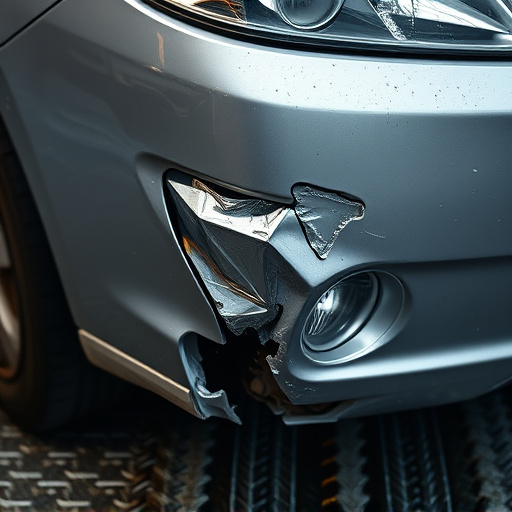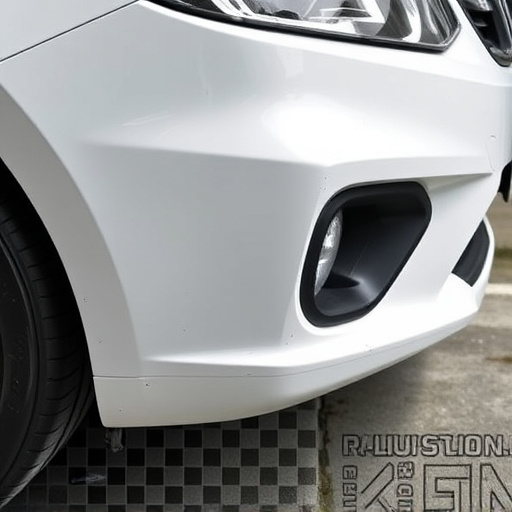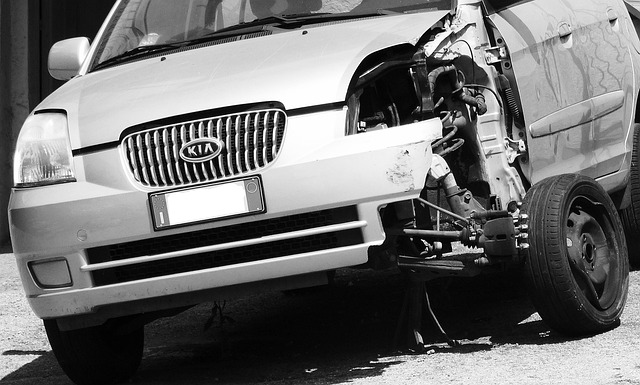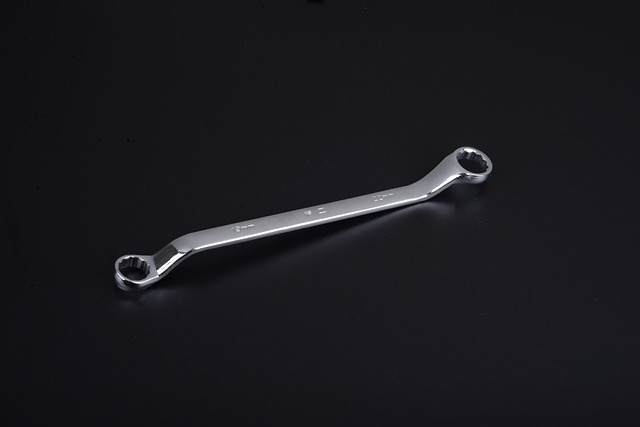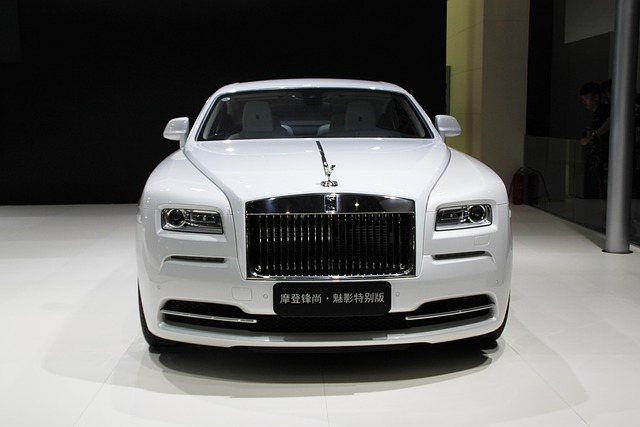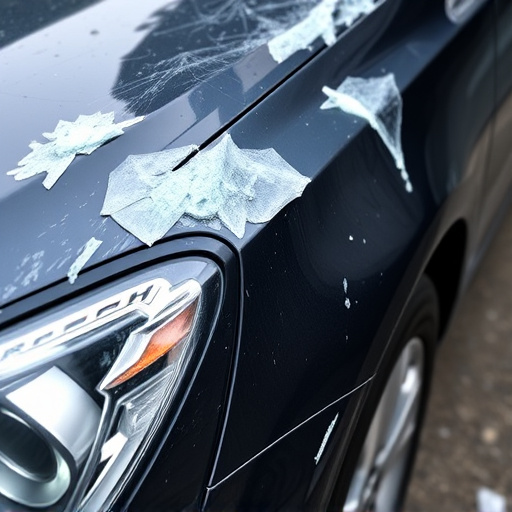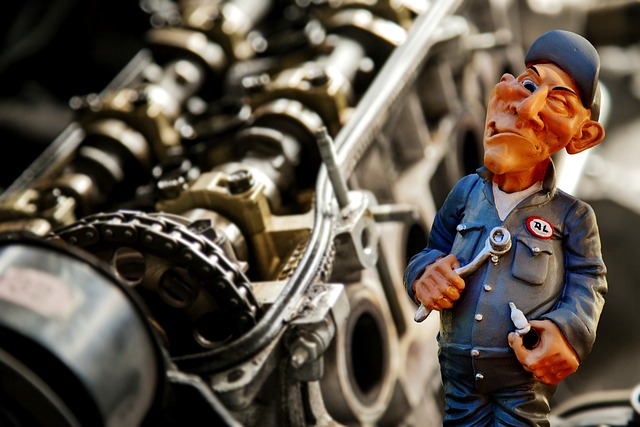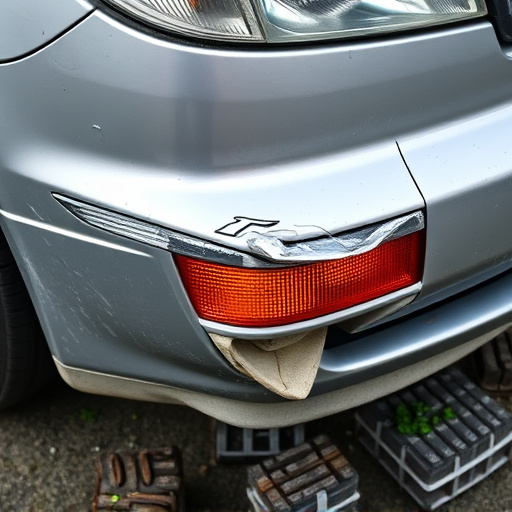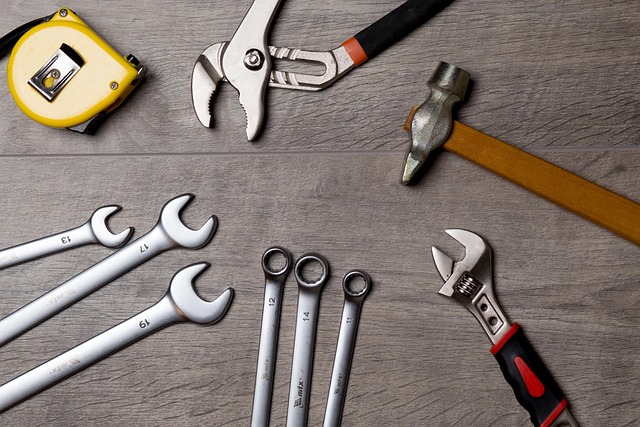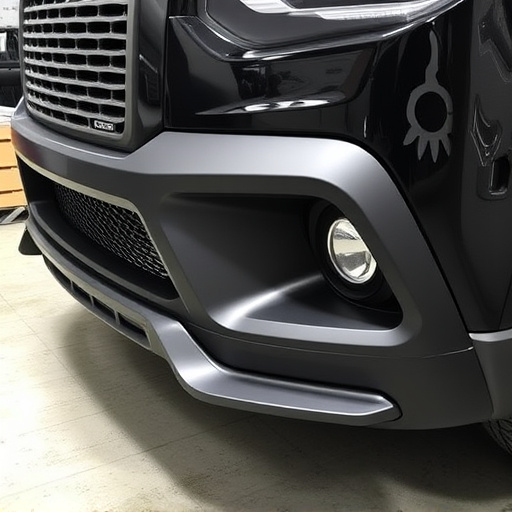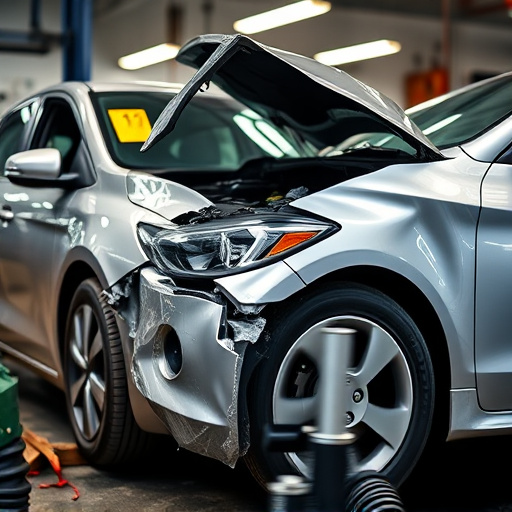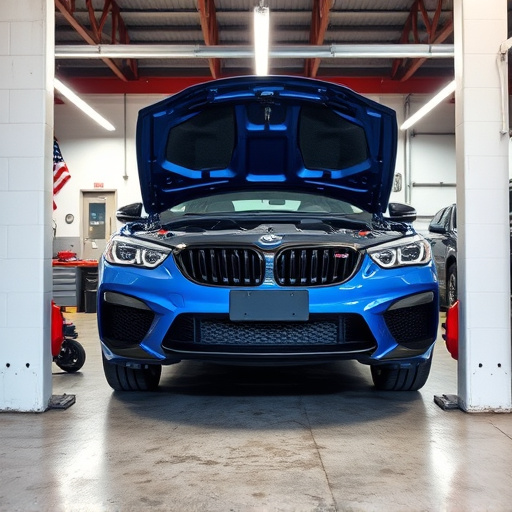Electric car body repair presents unique challenges due to advanced materials, complex designs, and intricate electrical systems. Specialized training, tools, and techniques are crucial for maintaining structural integrity, safety, and performance. Innovations like laser welding and precision frame straightening revolutionize repairs, ensuring high-quality outcomes as the demand for eco-friendly EVs continues to grow.
In the rapidly evolving automotive landscape, electric car body repair has emerged as a crucial aspect for repair shops to master. Electric vehicles (EVs) present unique challenges due to their advanced body panels, which often feature complex designs and lightweight materials. This article explores the significance of specialized knowledge and tools in navigating these challenges, enhancing repair efficiency, and ensuring quality outcomes for EV owners. By understanding the distinct aspects of electric car body repair, shops can stay competitive in the market and cater to the growing demand for sustainable transportation solutions.
- Understanding Electric Car Body Panels and Their Unique Challenges
- The Evolution of Repair Techniques for Enhanced Efficiency
- Benefits of Specialized Training and Tools for Quality Repairs
Understanding Electric Car Body Panels and Their Unique Challenges

Electric car body panels present unique challenges for collision repair shops compared to their traditional gasoline counterparts. These advanced automotive systems incorporate intricate, lightweight materials designed to maximize efficiency and minimize weight—often featuring complex shapes and precision-engineered joints. Repairs require specialized knowledge and equipment to preserve structural integrity and reestablish the vehicle’s safety and performance.
When an electric car experiences a fender bender or other collision, damage may not be immediately apparent, requiring meticulous inspection using diagnostic tools specific to electric vehicles (EVs). Traditional methods for body repair, including welding and painting, might not be applicable due to the sensitive nature of EV components and battery systems. Collision repair shops must adapt their practices, employing advanced techniques like laser welding and specialized training to handle these delicate repairs effectively.
The Evolution of Repair Techniques for Enhanced Efficiency

The evolution of automotive repair techniques has been a journey of enhanced efficiency and precision, and electric car body repair is no exception. As the demand for eco-friendly transportation grows, repair shops are adapting to accommodate the unique needs of electric vehicles (EVs). Traditional methods, once effective for internal combustion engine cars, often require a more nuanced approach when dealing with EVs due to their intricate electrical systems and lightweight construction.
Modern repair techniques focus on minimizing disruption to the vehicle’s battery pack and electrical components, ensuring safety and efficiency during repairs. This shift demands specialized training and tools for technicians to master. Techniques like precision welding, advanced spot-welding, and automated panel replacement methods have revolutionized car dent removal and fender repair processes. Moreover, with the rise of autonomous driving technology, electric car body repair shops are at the forefront of pioneering safe and effective repair solutions for complex fender benders and other damages, ensuring these vehicles return to the road in top condition.
Benefits of Specialized Training and Tools for Quality Repairs

Specialized training and tools are pivotal for achieving high-quality electric car body repairs. As the demand for electric vehicles (EVs) continues to surge, repair shops must adapt to meet the unique challenges posed by their intricate designs and advanced technology. Investing in specialized training ensures that technicians stay up-to-date with the latest EV repairs methodologies, safety protocols, and specific techniques required for these cars. This includes understanding the delicate electrical systems, battery packs, and lightweight materials commonly used in electric vehicles.
Moreover, dedicated tools tailored for electric car body repair play a crucial role in precision work. These tools are designed to handle the precise adjustments needed for frame straightening, ensuring the structural integrity of EVs while minimizing damage to their sophisticated components. With specialized training and appropriate tools, repair shops can offer superior car repair services, cater to the growing EV market, and maintain customer satisfaction in this evolving industry.
As we transition towards an era dominated by electric vehicles, the role of repair shops in ensuring their longevity becomes increasingly vital. Electric car body repair is not merely about fixing panels; it’s about understanding the unique challenges posed by these advanced vehicles and adopting specialized techniques to match. By investing in tailored training and tools, repair shops can deliver high-quality repairs, maintain vehicle performance, and contribute to a sustainable future for electric mobility.
